As a driver not only are you in charge of the vehicle in which you are in control of, you also have the duty of care for the passengers who join you on your journey no matter how far this will take you.
Do you know your responsibilities?
With new laws in effect from the start of March 2017 for child restraints we break down for you the rules for seat belts and child seats.
The main legal requirement for everyone within the vehicle is that the young and old MUST wear a seatbelt or restraint at all times no matter if they are in the front or rear seat. Below is a table to show in detail who is responsible:
| WHO | FRONT SEAT | REAR SEAT | WHO IS RESPONSIBLE? |
|
Driver
|
Seat belt MUST be worn if available |
Driver |
|
|
Child Under 3 years of age
|
Correct child restraint MUST be used | Correct child restraint MUST be used. If one is not available in a taxi the child may travel unrestrained |
Driver |
|
Child from 3rd birthday up to 1.35 metres (approx 4ft 5inches) or 12th birthday,whichever they reach first
|
Correct child restraint MUST be used | Correct child restraint MUST be used where seat belts fitted. Must used adult belt if correct child restraint is not available in a licensed taxi or private hire vehicle, or for reasons of unexpected necessity over a short distance, or if two restraints prevent fitment of a third. |
Driver |
|
Child over 1.36metres in height or 12 or 13 years old
|
Seat Belt MUST be worn if available | Seat belt MUST be worn if available |
Driver |
| Adult Passengers aged 14 years old and over
|
Seat Belt MUST be worn if available | Seat Belt MUST be worn if available. |
Passenger |
There is some exemptions to the above. There is no legal requirement to wear a seat belt if you are a driver who is reversing or supervising a learner driver who is reversing at the time. A driver of a licensed taxi who is ‘plying for hire’ or carrying passengers aswell as a driver driving a goods vehicle doing deliveries that is not travelling more than 50 metres between stops.
You may also find that you are exempted from wearing a seat belt on medical grounds. A Certificate of exemption from compulsory seat belt wearing can be obtained from your doctor should he or she decide that it is not suitable for you to wear a seat belt. The police may ask you to produce this upon being stopped.
So what happens if I’m stopped for not wearing a seat belt or someone in my vehicle is not wearing a seat belt?
As a driver you may get fined and receive penalty points for not wearing a seat belt, this also includes carrying a child under 14 without the proper restraint you are liable for their fine. This fine can be up to £500 and 3 penalty points.
Any passenger over the age of 14 years are responsible to ensure they wear their seat belt if one is available. Should they choose not to wear one they may get a fine of £500 and can be awarded 2 penalty points.
What is a suitable child restraint depending on a passenger’s age?
As of the 1st March 2017 the law regarding booster seats changed. Under these new regulations, manufacturers aren’t allowed to introduce any new models which are backless booster seats for children who weigh less than 22kg or are shorter than 125 cm. The rules which were brought in across Europe, will change the way in which booster cushions or backless booster seats are made. Tests carried out showed that backless car seats offer much less protection in the event of an accident.
This change doesn’t affect existing car seats which you have and it doesn’t mean that they are unsafe or illegal. The new rules only apply to new products which are coming onto the market. So if you are a parent or guardian of a child who falls into the restraint guidelines and already own and use one of these backless boosters you will still be permitted to use them. So don’t panic or dump old seats no need to go out and buy new seats unless your child progress’s to the next size.
Birth to 15 months
Height-based seats are required for this age range and they are known as ‘i-size’ seats. These must be rear facing until the child is over 15 months old. Once a child reaches 15 months they can progress onto a forward-facing child car seat.
Weight-based seats
These seats your child can use depending on their weight.
| Child’s weight | Group | Seats |
| 0kg to 10kg | 0 | Lie-flat or ‘lateral’ baby carrier, rear-facing baby carrier, or rear-facing baby seat using a harness |
| 0kg to 13kg | 0+ | Rear-facing baby carrier or rear-facing baby seat using a harness |
| 9kg to 18kg | 1 | Rear- or forward-facing baby seat using a harness or safety shield |
| 15kg to 25kg | 2 | Rear- or forward-facing child car seat (high-backed booster seat or booster cushion) using a seat belt, harness or safety shield |
| 22kg to 36kg | 3 | Rear- or forward-facing child car seat (high-backed booster seat or booster cushion) using a seat belt, harness or safety shield |
When purchasing a car seat consider and make sure they meet the following requirements:
- Be suitable for your child’s weight and height
- Be correctly fitted according to any manufacturer’s instructions
- Conform to the United Nations standard, ECE Regulations 44.04( or R 44.03) or to the new i-size regulation, R129. You can also look for the E mark label on the seat
- If purchasing second hand be in a safe condition and never been in an accident
Words: Graham Curry
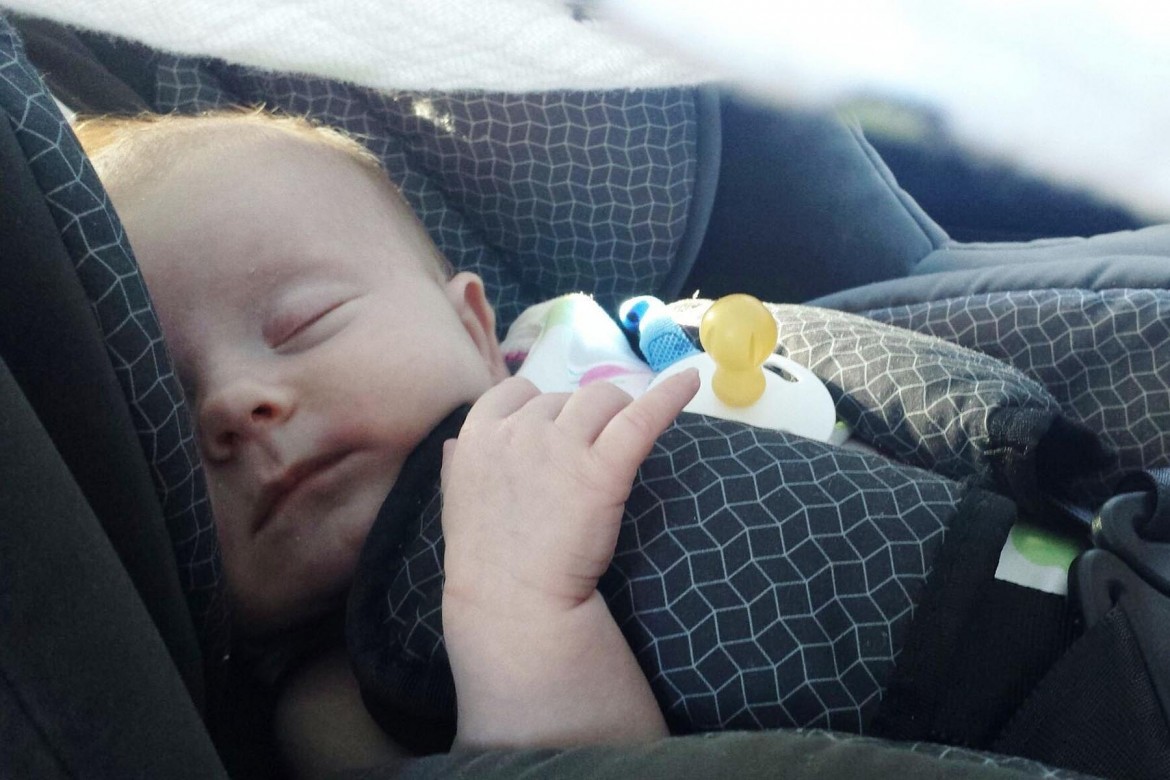
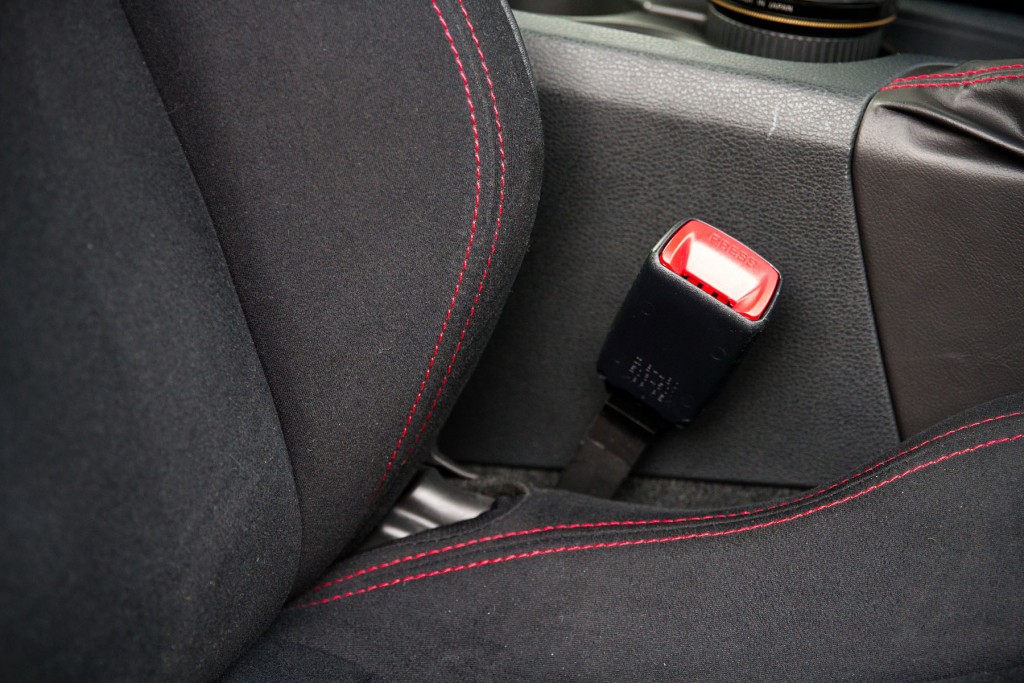
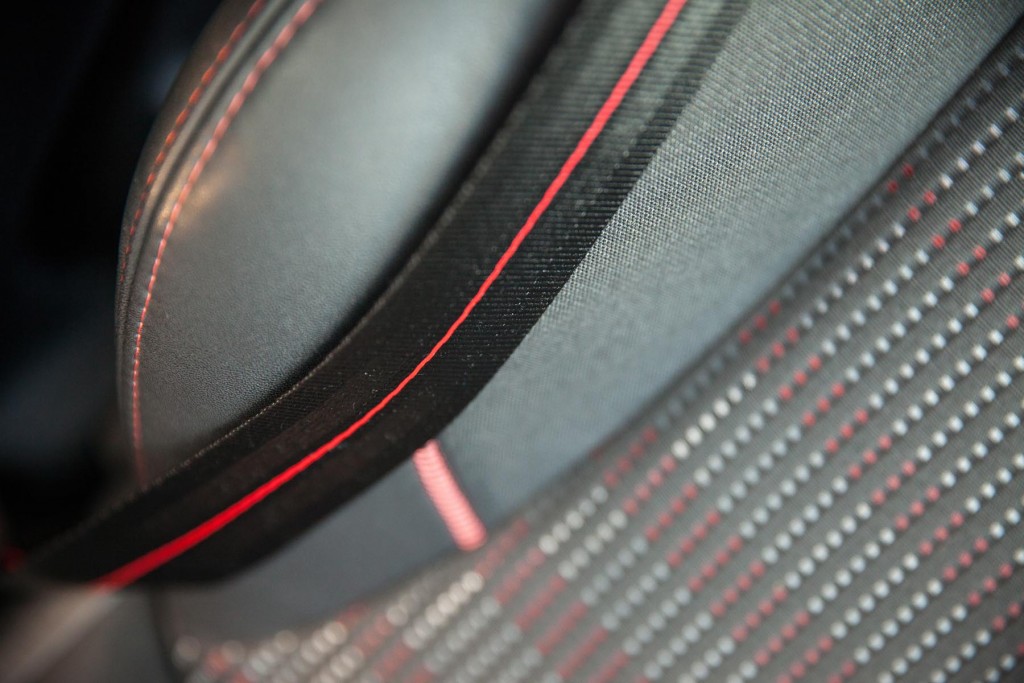


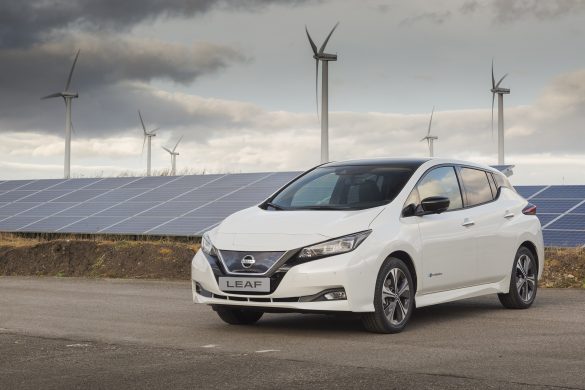
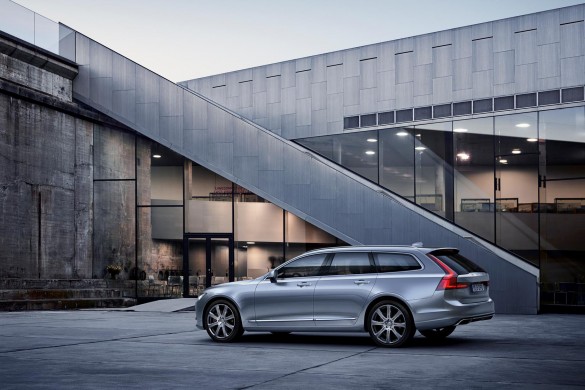
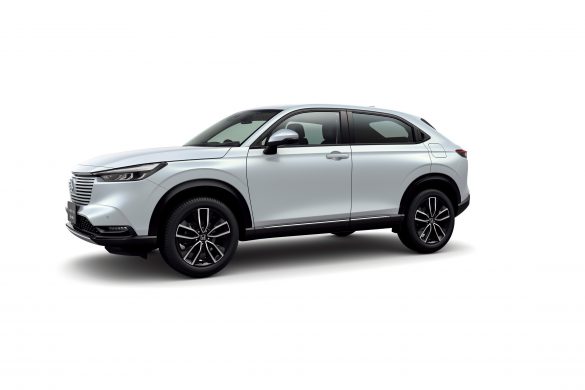


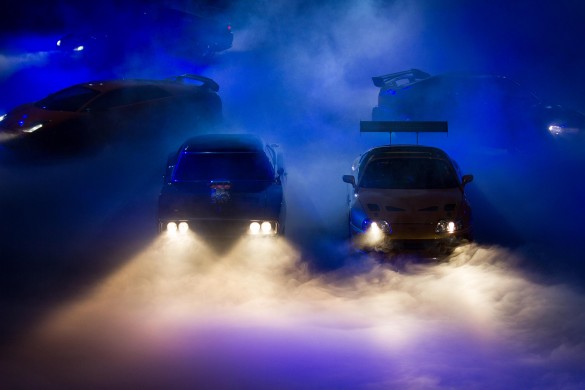


4 comments
[…] Seatbelts also save lives, crucially important for little people on-board and in a previous article we covered this in depth so please take the time to read it now if you missed it before – http://blog.usedcarsni.com/child-safety-explained/ […]
[…] Seatbelts also save lives, crucially important for little people on-board and in a previous article we covered this in depth so please take the time to read it now if you missed it before – http://blog.usedcarsni.com/child-safety-explained/ […]
[…] Take a look at our report which we compiled before which includes the laws on car seats: http://blog.usedcarsni.com/child-safety-explained/ […]
[…] Take a look at our report which we compiled before which includes the laws on car seats: http://blog.usedcarsni.com/child-safety-explained/ […]